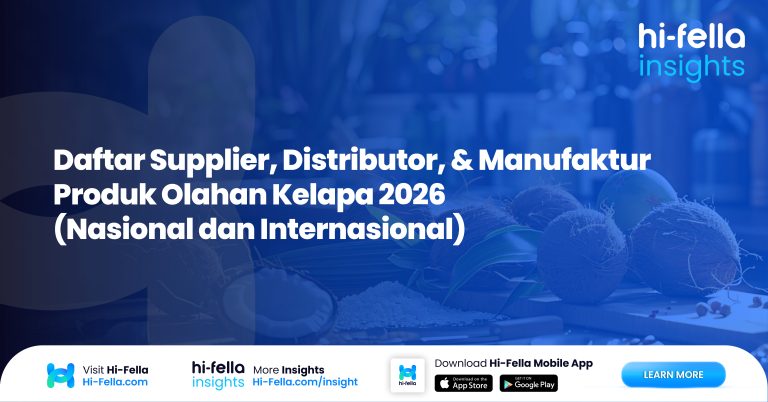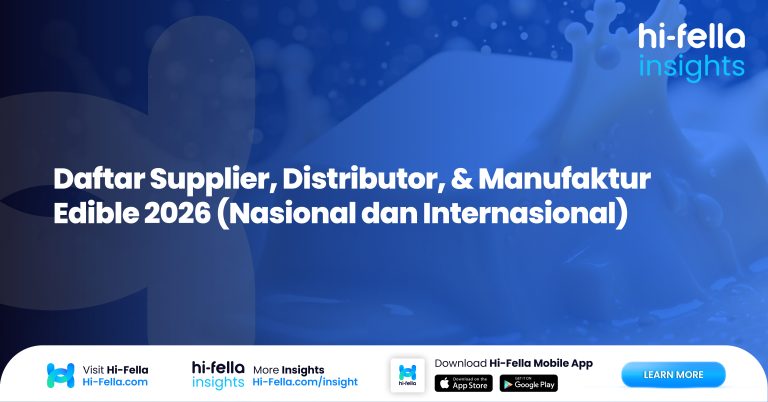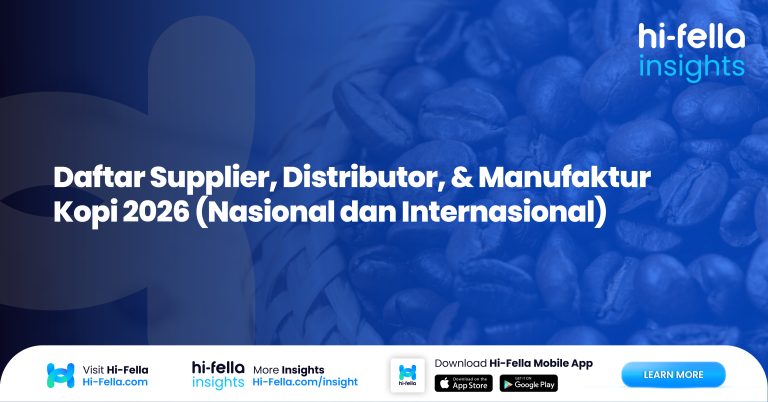In the competitive world of B2B sales, businesses are constantly seeking ways to stand out and demonstrate their value to potential clients. One of the most powerful tools in a B2B marketer’s toolkit is the case study. A well-crafted case study can help convert leads into long-term customers by building trust, showcasing real-world applications, and proving the effectiveness of a product or service.
However, designing a case study that truly converts is no simple task. It requires a clear structure, compelling content, and tangible results that resonate with decision-makers. In this article, we’ll walk you through how to design a B2B case study that effectively showcases your solution’s impact using the “Challenge-Solution-Result” framework, a proven method for crafting persuasive and impactful narratives.
Table of Contents
The Power of B2B Case Study in Marketing: Why They Matter for Conversion
B2B case studies are one of the most influential types of content in the sales funnel. They offer concrete examples of how your product or service has solved real problems for clients, making them more relatable and credible than generic marketing messages. A case study can effectively communicate the value of your offering by showcasing its practical benefits in a real-world setting.
Building Trust and Credibility
Trust is one of the biggest barriers in the B2B sales process. Clients want assurance that your solution will work for them, and they often look for evidence from other businesses before making a decision. Case studies provide the social proof needed to build this trust. According to a HubSpot study, 66% of buyers prefer to read case studies to understand how a product or service works in real-world applications.
Incorporating client success stories into your marketing strategy helps establish credibility and reduce perceived risks. The detailed stories of how your business helped others succeed offer proof of the value you bring to the table, making your solutions more tangible and relatable.
Driving Conversion Through Real-World Applications
Case studies also help potential clients visualize how your product or service can address their specific pain points. By detailing your client’s challenges and how your solution met those needs, you provide a roadmap for future clients to follow. This makes the decision-making process easier, helping to guide them toward making a purchase.
For example, a B2B software company might showcase a case study where a customer used their tool to reduce processing time by 30%. This not only shows how the solution works but also quantifies the potential benefit, making it easier for new prospects to imagine achieving similar results.
Breaking Down the “Challenge-Solution-Result” Framework: A Step-by-Step Guide
The “Challenge-Solution-Result” framework is a straightforward and effective way to structure a B2B case study. It provides a clear narrative that guides the reader through the problem, the solution provided, and the tangible results. This simple structure ensures that the case study is easy to follow and focuses on the most important elements that drive conversions.
1. Define the Client’s Challenge
The first step in creating a compelling case study is to outline the client’s challenge. This sets the stage for the entire narrative and ensures that the reader understands the context of the situation. Be specific about the problem your client faced and make it relatable to your target audience.
For example, if your product is an inventory management system, the challenge could be a company struggling with inefficient stock control, leading to stockouts and overstocking. By clearly defining this challenge, you ensure that potential clients with similar problems will relate to the situation and understand the value of your solution.
2. Present the Solution You Provided
Once the challenge is clear, the next step is to present the solution you provided. This section should describe how your product or service addressed the client’s challenge and outline the steps taken to implement the solution.
Be sure to highlight the unique aspects of your solution and how it directly resolved the client’s pain points. This is where you demonstrate the value of your offering. For example, if your software helped reduce inventory errors, explain how it automated tracking, provided real-time data, or streamlined the ordering process.
This part of the case study is critical because it illustrates how your solution fits into the client’s operations and solves their problem in a way that competitors’ solutions may not.
3. Quantify the Results
Finally, a compelling case study must include measurable results that show the impact of your solution. Quantifying the results makes your case study more persuasive, as decision-makers are more likely to be swayed by hard data than by general claims.
Provide clear KPIs such as:
- ROI (Return on Investment)
- Cost savings
- Efficiency improvements
- Revenue growth
- Customer satisfaction rates
For example, if your inventory management system reduced stockouts, include a statistic such as “The client reduced stockouts by 40% within the first three months of using the system.” This makes the results tangible and highlights the real value your solution delivers.
Gathering and Presenting Data: How to Showcase Tangible Results in Your Case Study
The data you present in your case study plays a crucial role in demonstrating the effectiveness of your solution. It’s important to gather relevant data, such as KPIs and metrics, that showcase the impact of your product or service.
Collecting the Right Data
To gather meaningful data, start by discussing your client’s key goals before implementing the solution. These might include reducing costs, improving productivity, or increasing sales. Next, track how your solution helped achieve these goals.
For example, if you implemented a customer relationship management (CRM) system for a client, measure how it improved sales conversion rates, customer retention, or lead generation. These metrics are critical to making your case study compelling.
Presenting Data Effectively
When presenting data, avoid overwhelming the reader with too many numbers. Focus on the key metrics that align with your client’s primary objectives and highlight the most impressive results.
Use visuals, such as charts and graphs, to make the data easy to digest. For instance, a line graph showing the decline in operational costs after implementing your solution is much more impactful than a paragraph of text explaining the same point.
Designing an Engaging B2B Case Study: Visuals, Formatting, and Storytelling Techniques
The design of your case study is just as important as its content. A well-designed case study grabs attention and keeps readers engaged. Here’s how to ensure your case study stands out.
Use Engaging Visuals
Incorporating visuals like charts, graphs, client logos, or product images can help break up text and make the case study more visually appealing. A client testimonial with a photo or a short video embedded within the case study can also add authenticity and engagement.
Focus on Clear and Professional Formatting
Keep your case study well-organized and easy to read. Use headings and subheadings to guide the reader through the narrative, and include bullet points or numbered lists to highlight key points.
A clean, professional layout ensures that the case study looks credible and is easy for busy decision-makers to skim while still delivering essential information.
Utilize Storytelling Techniques
A compelling case study tells a story. Begin by describing the problem (the challenge), build up to the resolution (the solution), and end with a satisfying conclusion (the results). By framing the case study as a story, you create an emotional connection with the reader and make it more engaging.
Consider using quotes from the client throughout the case study to add authenticity and bring the story to life. A client’s words about the impact your solution had on their business will resonate more deeply than generic descriptions of the benefits.
Join Hi-Fella Today!
Now that you have a solid understanding of how to design a B2B case study that converts, it’s time to connect with global clients and suppliers who value your expertise. Hi-Fella is a global network platform that helps businesses reach new markets, expand their network, and build lasting relationships through valuable case studies and content.
By joining Hi-Fella, you can leverage the power of case studies to build trust and showcase your solutions to a wider audience. Whether you’re aiming to increase brand visibility or foster deeper relationships with clients, Hi-Fella provides the tools and resources necessary for your business to thrive.








